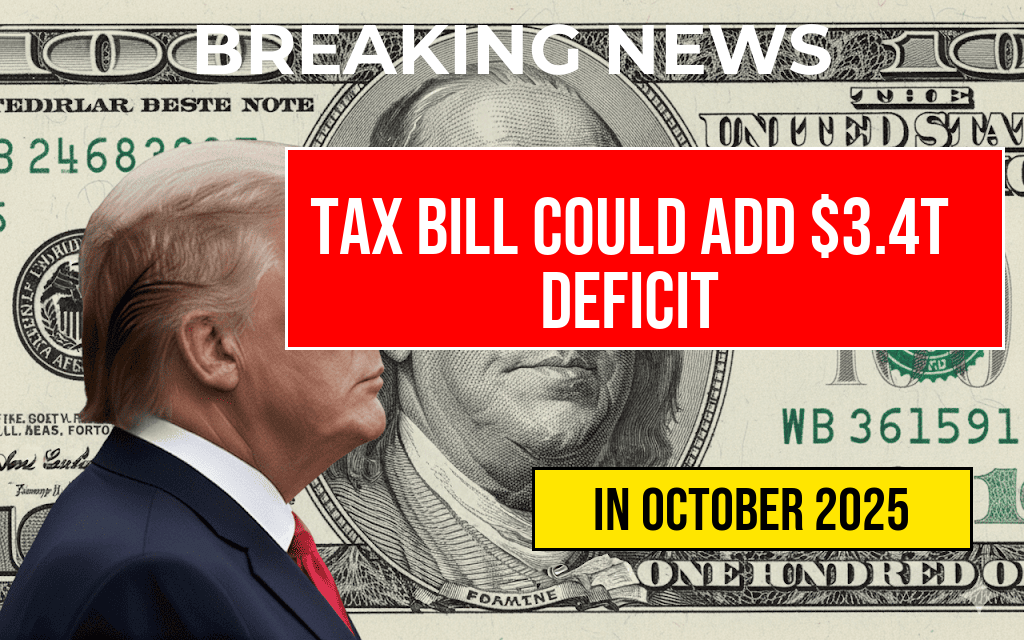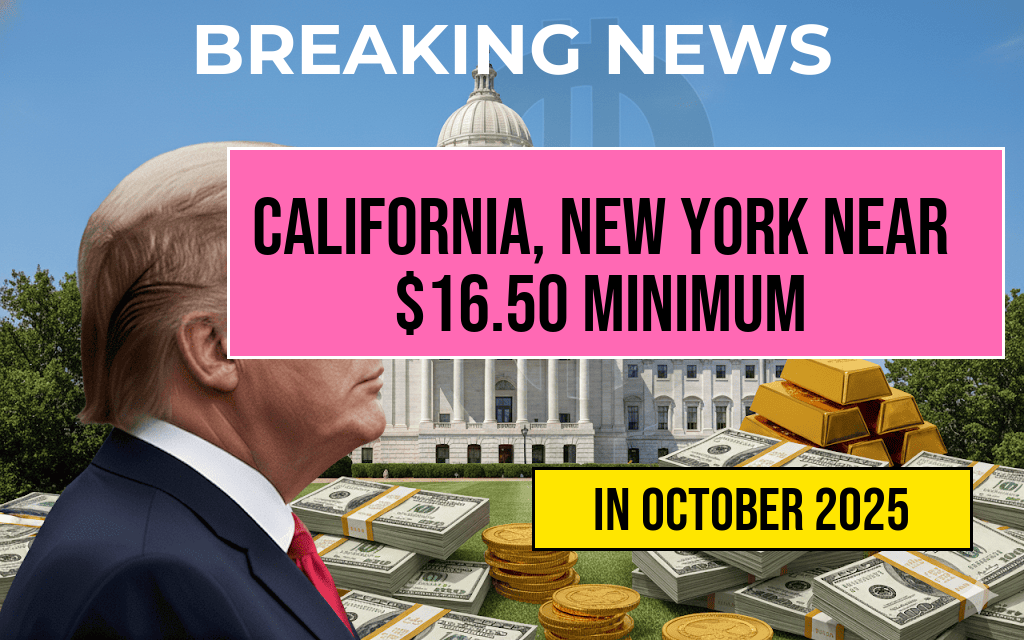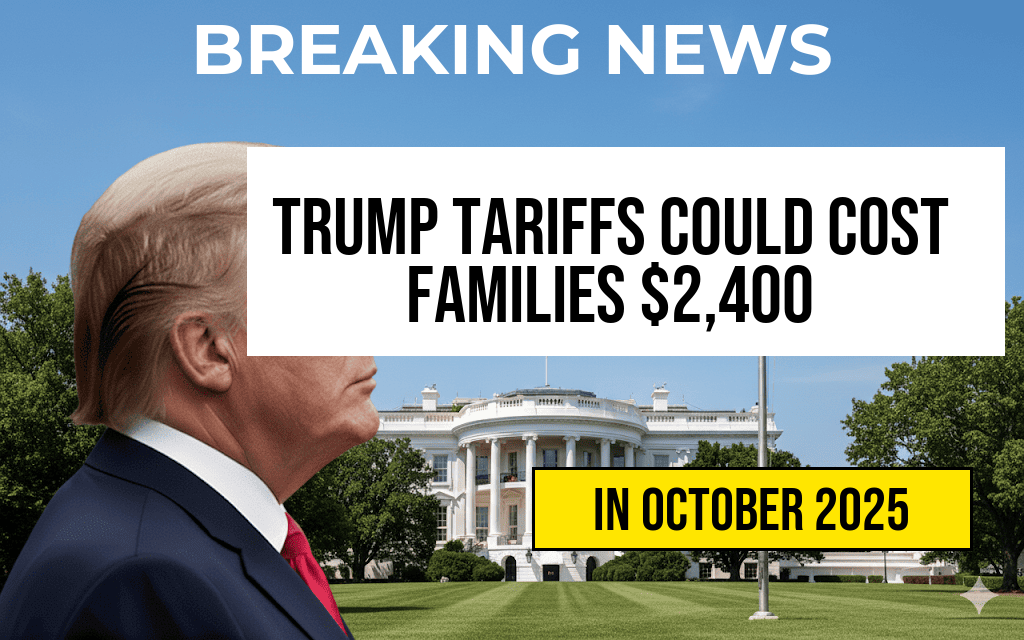As both California and New York edge closer to a $16.50 per hour minimum wage milestone, workers in these states are poised to see increased earnings amid ongoing debates over wage policies. California’s current minimum wage is scheduled to reach $15.50 in 2023, with further planned increases, while New York’s minimum wage varies by region, with the highest rates in New York City approaching the $16.50 mark. These developments reflect broader efforts across the United States to raise wages amid rising living costs, labor shortages, and economic recovery initiatives. The convergence toward this wage threshold signals a shift toward higher baseline earnings for millions of workers, potentially influencing local economies, employment patterns, and policy debates about living wages and income inequality.
California’s Path Toward a $16.50 Minimum Wage
California’s state minimum wage has undergone significant increases over the past few years, with a scheduled ramp-up that aims to reach $15.50 for all employers by 2023. This plan was initially set forth through legislation in 2016, with phased increases designed to gradually lift wages without placing undue strain on small businesses. The state’s minimum wage varies depending on employer size, but for large employers (with 26 or more employees), the rate is set to hit $15.50 on January 1, 2023.
Beyond 2023, California has proposed further increases, with some cities and counties setting their own higher minimum wages, often exceeding the state level. The California Department of Industrial Relations indicates that the state’s minimum wage could eventually approach $16.50 as part of ongoing policy discussions aimed at addressing cost-of-living disparities, especially in metropolitan areas like Los Angeles and San Francisco.
Labor advocates argue that such increases are vital for improving economic stability for low-wage workers, particularly in high-cost urban centers. Conversely, some business groups express concern about the impact on small businesses and employment levels, emphasizing the need for balanced wage policies.
New York’s Regional Wage Landscape
New York’s approach to minimum wage adjustments is regionally nuanced, with different rates set for New York City, Long Island, Westchester, and other parts of the state. As of 2023, the minimum wage in New York City is scheduled to reach $15.00 on December 31, 2023, with some estimates indicating that it could surpass $16.50 in the coming years, depending on inflation and legislative adjustments.
In contrast, other regions like the Hudson Valley and Central New York are on a separate schedule, with lower baseline rates that are also slated for incremental increases. The state’s Department of Labor has indicated that the overall goal is to approach a $16.50 minimum wage for the most populous areas by 2024, aligning with economic recovery efforts post-pandemic.
Proponents say that raising wages in New York is crucial for addressing income inequality and the high cost of living, especially in New York City where housing and transportation costs significantly outpace wages in other parts of the country.
Economic Impacts and Policy Debates
Potential Effects on Employment and Business
| State | Current Minimum Wage (2023) | Projected Next Milestone | Expected Date |
|---|---|---|---|
| California | $15.50 | $16.50 | 2024-2025 |
| New York | $15.00 (NYC) | $16.50 | 2024-2025 |
Economists remain divided on the long-term effects of minimum wage hikes at these levels. Some studies suggest that modest increases can boost worker productivity and reduce turnover, while others warn of potential job reductions or increased automation in certain sectors. Small businesses, in particular, express concern about rising labor costs, which could lead to higher prices or reduced hiring.
Labor market data indicates that regions with higher minimum wages often experience a shift toward more stable employment, but the transition period can be challenging for some employers. Policymakers continue to weigh these factors as they design wage policies intended to balance economic growth with social equity.
Implications for Cost of Living and Income Inequality
Raising the minimum wage to approach $16.50 per hour aligns with efforts to narrow income disparities in some of the nation’s most expensive markets. According to the Wikipedia entry on cost of living, urban centers like Los Angeles and New York City have seen housing costs increase sharply over recent years, putting additional pressure on low-wage workers.
Advocates argue that higher wages can reduce reliance on public assistance programs and stimulate local economies through increased consumer spending. Critics contend that without accompanying measures such as affordable housing initiatives, wage hikes could inadvertently contribute to inflationary pressures or economic displacement.
Looking Ahead
As California and New York progress toward the $16.50 per hour milestone, their experiences are likely to influence broader national discussions about living wages and economic policy. The coming years will reveal whether these regions can successfully balance wage growth with economic resilience, setting a precedent for other states considering similar adjustments.
Frequently Asked Questions
What is the current minimum wage milestone being approached in California and New York?
The states of California and New York are nearing the $16.50 per hour minimum wage milestone, representing a significant increase in wages for many workers.
When is California and New York expected to reach the $16.50 per hour minimum wage?
While exact dates vary, both states are approaching the $16.50 per hour threshold within the upcoming months, depending on their respective wage increase schedules and legislation.
How will reaching a $16.50 per hour minimum wage impact workers in these states?
Reaching the $16.50 per hour milestone is expected to improve living standards for many workers, reduce poverty, and boost consumer spending across California and New York.
Are there any plans to increase the minimum wage beyond $16.50 in California and New York?
Yes, both states have ongoing plans and legislation aimed at further increasing the minimum wage, with some proposals targeting higher wages in the coming years to address cost of living concerns.
What industries are most affected by the upcoming minimum wage increase?
The retail, hospitality, food service, and healthcare industries are among the most impacted, as many workers in these sectors earn wages close to the current minimum and will benefit from the upcoming increase.










